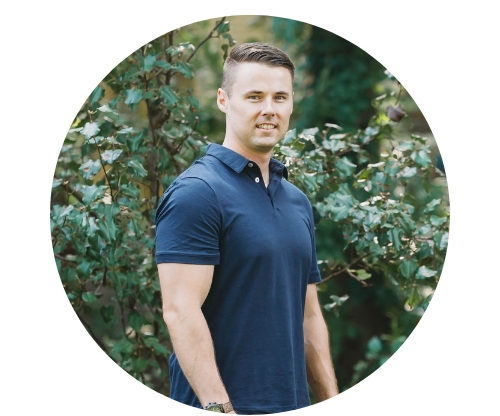Bubbles never get old. They are fun, simple, and can easily be played with for extended periods.
Besides being fun for your child, bubbles can be used to teach your child how to talk.
As a Speech and Language Pathologist, I’ve witnessed the power of bubbles first hand (many times) to encourage language in young children and toddlers.
The following article will walk you through the various ways you can use bubbles to teach your child to talk.
How to teach your child to talk using bubbles
Using bubbles to teach your child to talk requires some strategy. Rather than simply handing your child the container of bubbles, you need to take control of the situation. In fact, you need to sabotage the situation.
Sabotage the situation…
Sabotaging the situation means you purposely create a scenario where the child needs your help. Because they need you, or want what you have, they are often more willing to respond to your requests.
Using bubbles to “sabotage the situation” work well because children love them, AND they need you to access/open them. This is the perfect equation to elicit speech and language.
If your bubbles have a lid, blow the bubbles once, put the wand back in the container and tightly close the lid.
Hand the bottle to the child and watch what they do.
Let them struggle and see if they will hand it back to you.
When they hand it back, think of what word you want them to say in order to get you to open the bottle.
Hold the bottle near your mouth and give them the word or sound you want them to say.
If you have a tumbler, or bubbles that don’t have a lid, you can blow one time then put it into a Tupperware container that’s difficult to open and hand it back to the child.
Depending on their level of development you can say…”ooo” (for open), “open”, “open bubbles”, “open bubbles mommy/daddy”.
After you model the sound or phrase 2-3 times, open the bubbles and give them to the child.
The key is modeling and waiting just long enough so that you don’t lose them.
Next step; repeat, repeat, repeat.
Now think of all the other words you can use instead of “open” (refer to the list below for examples).
As the child is handing it back to you looking for help you can model.
Words/phrases you can use to help your child talk before blowing bubbles:
- Help
- Help mommy/daddy
- More
- Bubbles
- More bubbles
- I want more bubbles
- Open please
- Open mommy/daddy
If the child is not yet imitating full words, give them the first sound of the word (/m/ for more, or /h/ for help)
If the child is not yet imitating sounds help them sign “more” or “open”.
Words/phrases you can use to teach your child to talk while blowing bubbles:
- Blow
- Pop-pop
- Wow!
- Blow bubble
- Mommy blow
- Daddy pop
- I blow
- You blow
- Big bubbles
- Little bubbles
- So many
- Fun
Keep your language simple.
Keep your language simple, even for children who are using 1-2 word phrases. See how many different 1-2-word phrases they can use during the activity.
While working with children always think, what is the exchange of goods. I have what they want, and I want them to practice saying something for it.
For more speech and language tips, follow Speech and Feeding Kids on YouTube.
About the Author
DRAKE HASTINGS M.S., CCC-SLP
Drake Hastings is a speech-language pathologist who specializes in speech, oral motor, and feeding therapy for kids. Drake has a passion for working with children and families while helping children achieve goals using a fun and motivating approach to learning.
Drake’s main areas of focus within the practice are feeding therapy, and speech (sound production) therapy. Drake has experience working with children who are diagnosed with Autism Spectrum Disorder, Apraxia of Speech, Dysarthria, Down Syndrome, and rare genetic disorders. Drake has experience working and collaborating with a wide variety of families and therapeutic team members while treating children of all ages.


